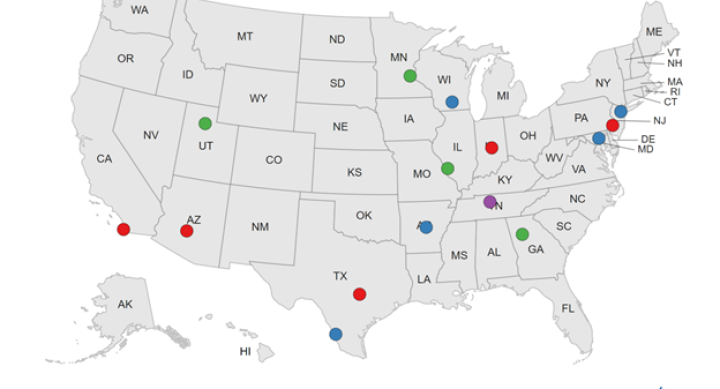What is the ADDM NETWORK?
The CDC's Autism and Developmental Disabilities Monitoring (ADDM) Network is a population-based, multiple-source, records-based surveillance system for autism.
The goal of ADDM is to
- provide estimates of the prevalence and characteristics of children with autism
- monitor disparities by race/ethnicity and socioeconomic status
- provide data to inform planning for resource and service needs, and
- foster activities to increase autism awareness and reduce barriers to identification.
The ADDM Network is composed of 16 sites across the US, some sites focus on autism surveillance only while others also conduct surveillance on other disorders.
What is TX-ADDM?
The Texas-Autism and Developmental Disabilities Monitoring (TX-ADDM) Network is a site within the ADDM Network. TX-ADDM is housed at the Texas Center for Disability Studies in the Steve Hicks School of Social Work at the University of Texas at Austin. TX-ADDM partners with educational and health sites across Bexar County to match and collect essential data to estimate the prevalence of autism spectrum disorder (ASD) among 4- and 8-year-old children.
As the 2nd largest state by population, with an estimated population of 29,145,505, Texas reflects the racial/ethnic, linguistic, and geographical diversity observed throughout the United States. Understanding the prevalence of autism in Texas can help inform policy, guide research directions in the field of autism, and advance resource allocation to families, children, and organizations.




